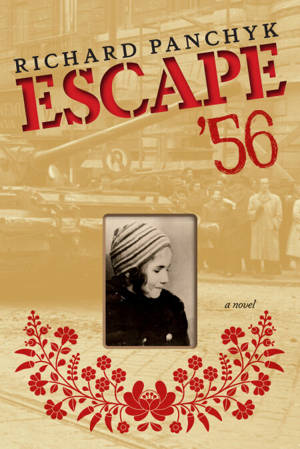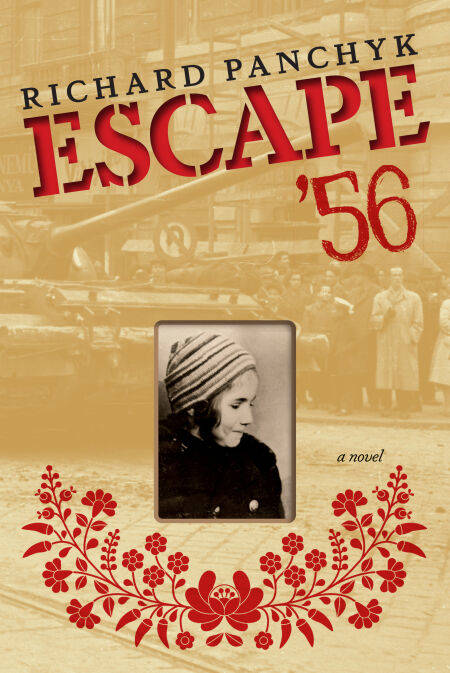
Je cadeautjes zeker op tijd in huis hebben voor de feestdagen? Kom langs in onze winkels en vind het perfecte geschenk!
- Afhalen na 1 uur in een winkel met voorraad
- Gratis thuislevering in België vanaf € 30
- Ruim aanbod met 7 miljoen producten
Je cadeautjes zeker op tijd in huis hebben voor de feestdagen? Kom langs in onze winkels en vind het perfecte geschenk!
- Afhalen na 1 uur in een winkel met voorraad
- Gratis thuislevering in België vanaf € 30
- Ruim aanbod met 7 miljoen producten
Zoeken
Omschrijving
A dramatic historical novel of escape during occupation and wartime and of starting life over in a new country.
Escape ’56 is a novel based on the life of young Elizabeth Molnár (the author’s mother) and her family as they lived through the harrowing days of the Hungarian Revolution. The book recounts the story of the inspiring student-led uprising and the shocking Soviet invasion that followed, leading to Elizabeth’s perilous nighttime escape from Hungary through the border woods in November, 1956. Weaving historical fact with the accounts of his relatives’ dramatic experiences, Panchyk’s cinematic, fictional narrative feels both personal and universal.
When the Hungarian Revolution failed, more than 200,0000 Hungarians (two percent of the population) fled the country, fearing for their lives and an even more oppressive regime than they’d already endured. Elizabeth’s adventure continues, first as a refugee in Austria, and then in the United States where she and her family start a new life with little money, few possessions, and almost no understanding of English. Escape ’56 is a gripping novel, filled with historical detail and incorporating recollections from the author’s mother, aunt, and grandmother.
Escape ’56 is a novel based on the life of young Elizabeth Molnár (the author’s mother) and her family as they lived through the harrowing days of the Hungarian Revolution. The book recounts the story of the inspiring student-led uprising and the shocking Soviet invasion that followed, leading to Elizabeth’s perilous nighttime escape from Hungary through the border woods in November, 1956. Weaving historical fact with the accounts of his relatives’ dramatic experiences, Panchyk’s cinematic, fictional narrative feels both personal and universal.
When the Hungarian Revolution failed, more than 200,0000 Hungarians (two percent of the population) fled the country, fearing for their lives and an even more oppressive regime than they’d already endured. Elizabeth’s adventure continues, first as a refugee in Austria, and then in the United States where she and her family start a new life with little money, few possessions, and almost no understanding of English. Escape ’56 is a gripping novel, filled with historical detail and incorporating recollections from the author’s mother, aunt, and grandmother.
Specificaties
Betrokkenen
- Auteur(s):
- Uitgeverij:
Inhoud
- Aantal bladzijden:
- 224
- Taal:
- Engels
Eigenschappen
- Productcode (EAN):
- 9781644212547
- Verschijningsdatum:
- 20/03/2023
- Uitvoering:
- E-book
- Beveiligd met:
- Adobe DRM
- Formaat:
- ePub

Alleen bij Standaard Boekhandel
+ 12 punten op je klantenkaart van Standaard Boekhandel
Beoordelingen
We publiceren alleen reviews die voldoen aan de voorwaarden voor reviews. Bekijk onze voorwaarden voor reviews.









